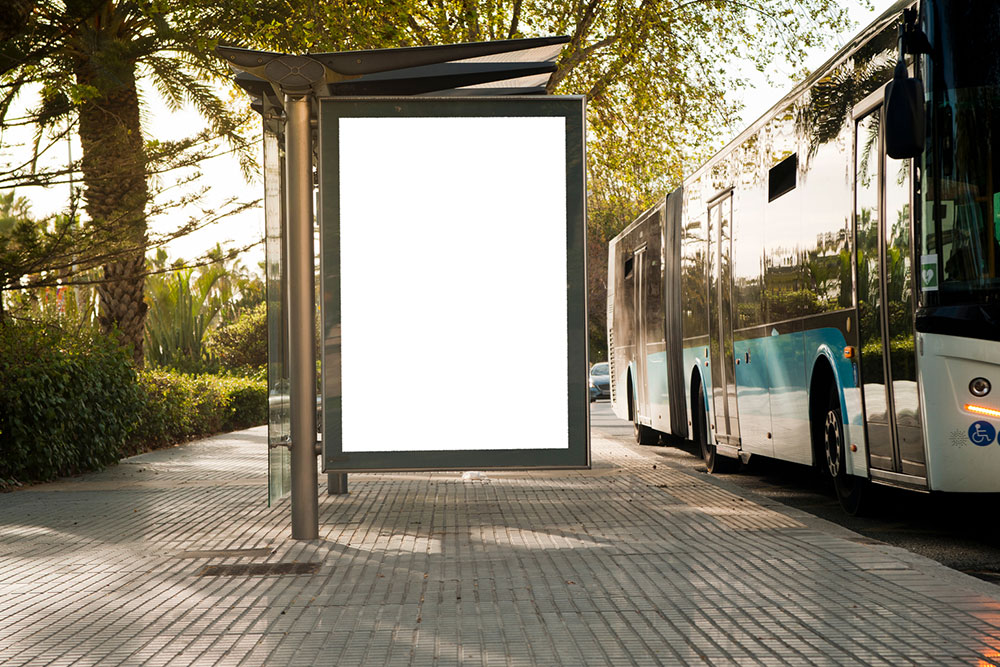
6 mistakes to avoid when choosing a digital signage provider
Digital signage uses display technologies such as LCD monitors and multi-screen setups to showcase marketing content, videos, webpages, digital images, and more. It is a big part of brand communication and marketing today and requires ample backend work, such as mounting systems and installing software. Most of this is done by digital signage providers. Since digital signage is vital to reaching one’s target audience, businesses must choose the right service provider to communicate their message.
Here are some of the common mistakes that can be avoided when putting up digital signage and choosing a digital signage provider:
1. Failing to define objectives
It is essential to note down the objectives of digital signage. Some of the questions individuals must ask themselves include: what are the marketing goals of this medium, what is the target audience for this communication, is there a specific type of content that needs to be displayed, and have we identified the hotspots for these digital signages? These questions help to narrow down the objectives and create a clear plan of action that will give the best return on investment. Once these discussions are locked, individuals can easily communicate with the digital signage provider, and they can help with the right solutions that will not create any miscommunication.
2. Not having a budgeting plan
Doing everything on a budget is an unrealistic goal for advertising, marketing, and branding. However, the estimated budget may sometimes go overboard with a realistic expense sheet. There are many low-cost solutions available on the market; however, individuals should always check if these options are the right ones for them. Do they have the features of the support system and service that are needed to support your brand and its communication? If not, then businesses should not be afraid to look elsewhere, which gives them value for money, even if they are more expensive. Consider the return on the investment and then make an informed decision.
In fact, some manufacturers offer flexible payment plans and strike a balance between affordability and functionality. Skip the intermediaries and speak to the manufacturer directly to get the best pricing.
3. Missing permits
There are zoning laws in place, and it is important to get the right permits to showcase digital signage. This is a service that a digital signage provider can provide. Businesses should look for those who provide end-to end service so they do not have to tackle paperwork and forms. Also, there are some companies that offer up-to-date traffic counts; this can help businesses and individuals get real-time data, which can affect communication massively. So choose a company that makes data-driven decisions instead of just old research and observation.
4. Ignoring content
While content placement is essential, the messaging on the signage is just as important for the customer. Being sure to upload engaging content is one of the vital factors that helps in reaching out to the right audience and customers. Select a provider who is able to provide a user-friendly content management system that is easy to access and navigate. Apart from that, features like scheduling, date, and content performance should also be considered, as that helps in understanding how the communication is being received.
5. Failing to address compatibility gaps
This means compatibility issues for the project are created when there is a misjudgment of software and hardware. It is of utmost importance to check whether the software being run can even be supported by the hardware used. If there are some irregularities or concerns, it could lead to technical glitches and operational inefficiencies. These concerns can be managed at the start of the project by doing trial runs and understanding the possible limitations that could arise. Programming the software accordingly and then going ahead with the project.
6. Not doing timely maintenance
Those with an end-to-end service plan are the ones who will help with any hurdles or hiccups during the marketing and advertising campaign. Ongoing support and maintenance are crucial to ensuring everything is running smoothly and that there will be no issues with the live campaign. Check for their support system, how it works, the response time, whether they have software updates, whether they will get troubleshooting assistance, and so on. Look for a provider with a robust support system to help businesses and individuals achieve their goals.
Things to keep in mind
Apart from choosing the right digital signage provider, some other tips will help get the best out of the signage for brands. These include the following:
1. Use the right location and angles for ads
While choosing the right location can help determine the number of audiences, choosing the viewing angle will ensure that the potential audience can easily see it. This includes also being informed about the right kind of screen to use, whether LCD monitors or LED monitors.
2. Ensure to not overcrowd signage with content
According to research, the human brain can only process 50 bits of information at once. In simple terms, it means just a couple of words at a time. Keep it between five and seven words that can be read.
3. Avoid repetitive messaging
The perk of using digital signage is that it is dynamic. This means that the display can change, and so can the message. Do not keep the messaging repetitive, as the audience can easily ignore it. Update new content to break the monotony.


